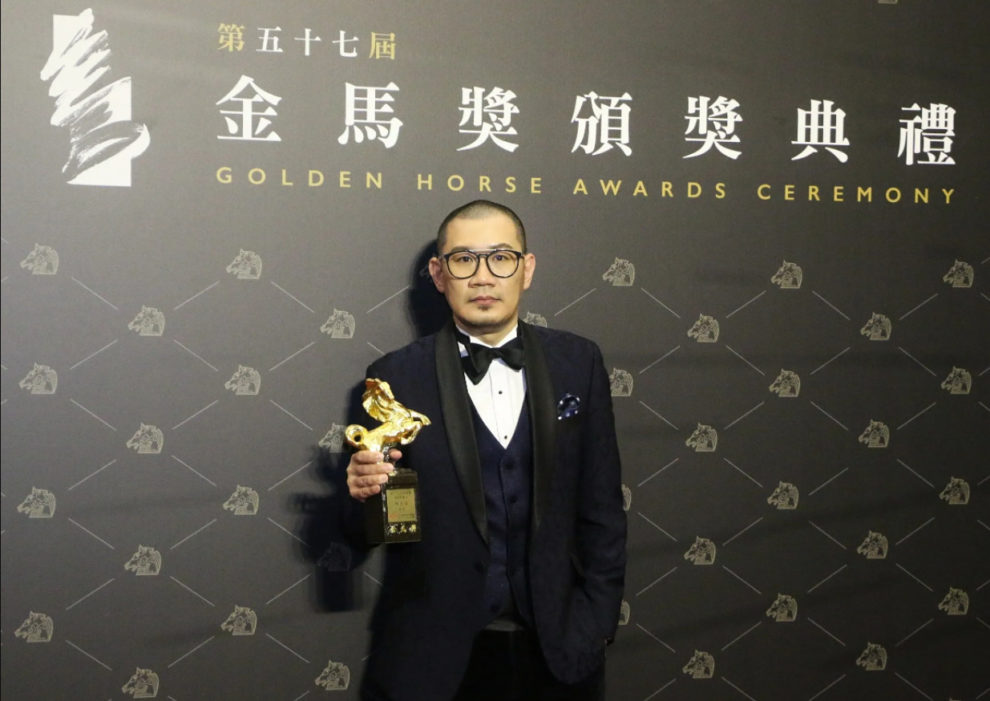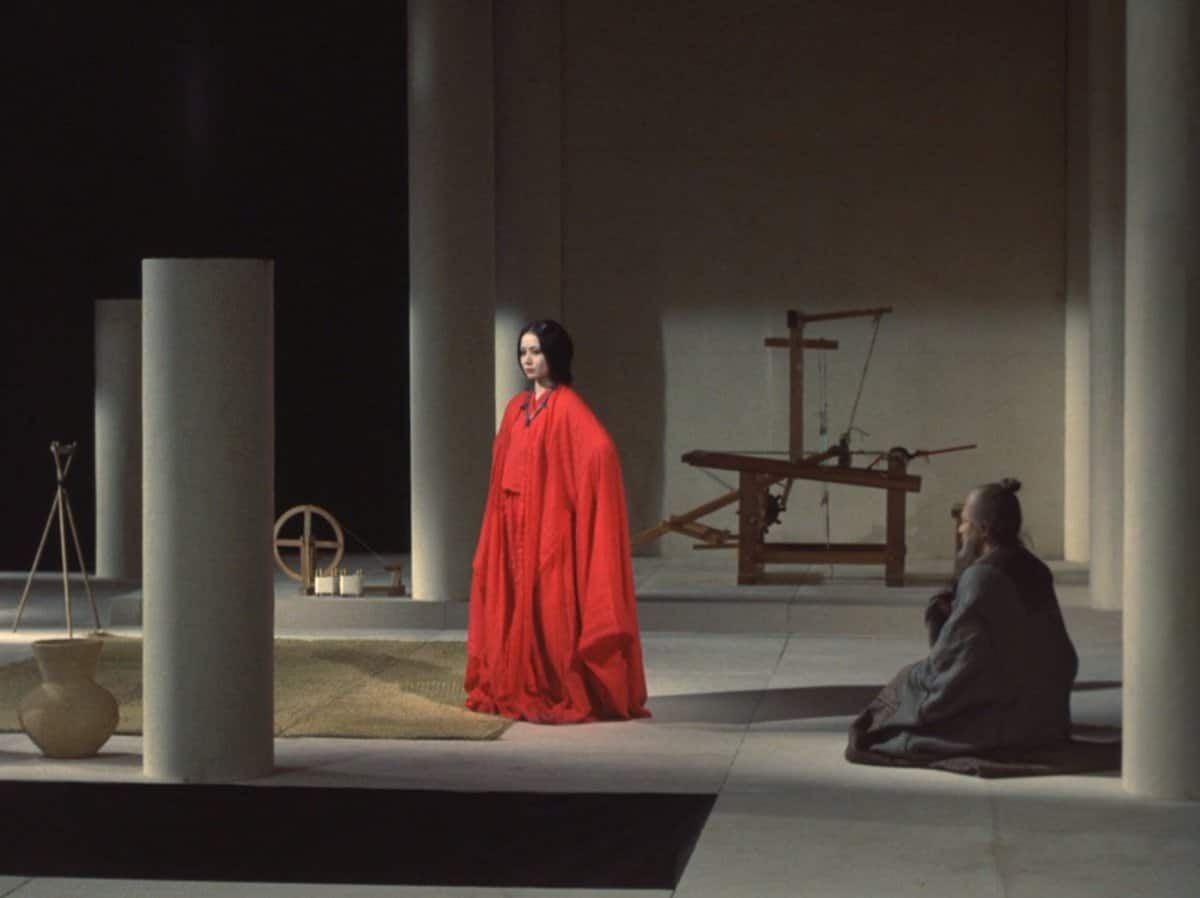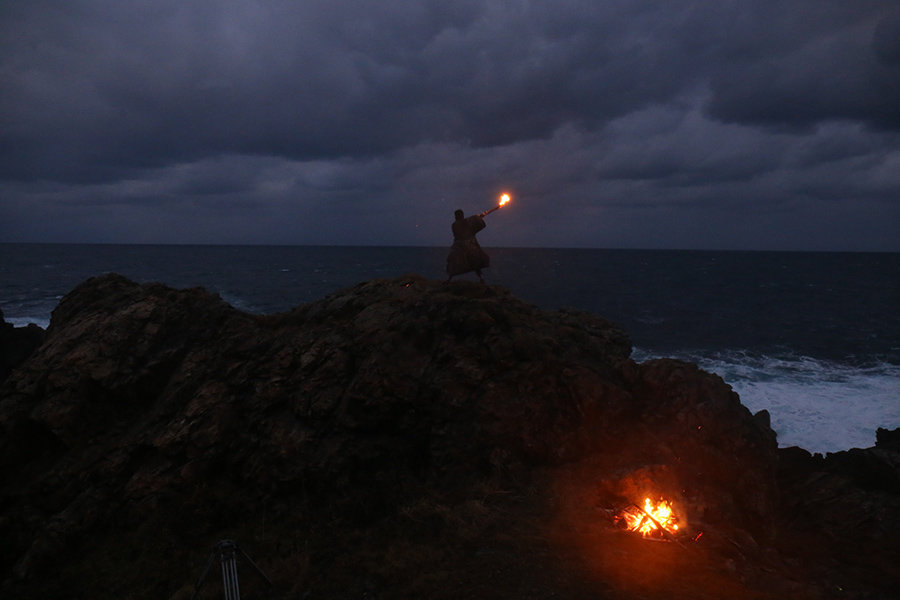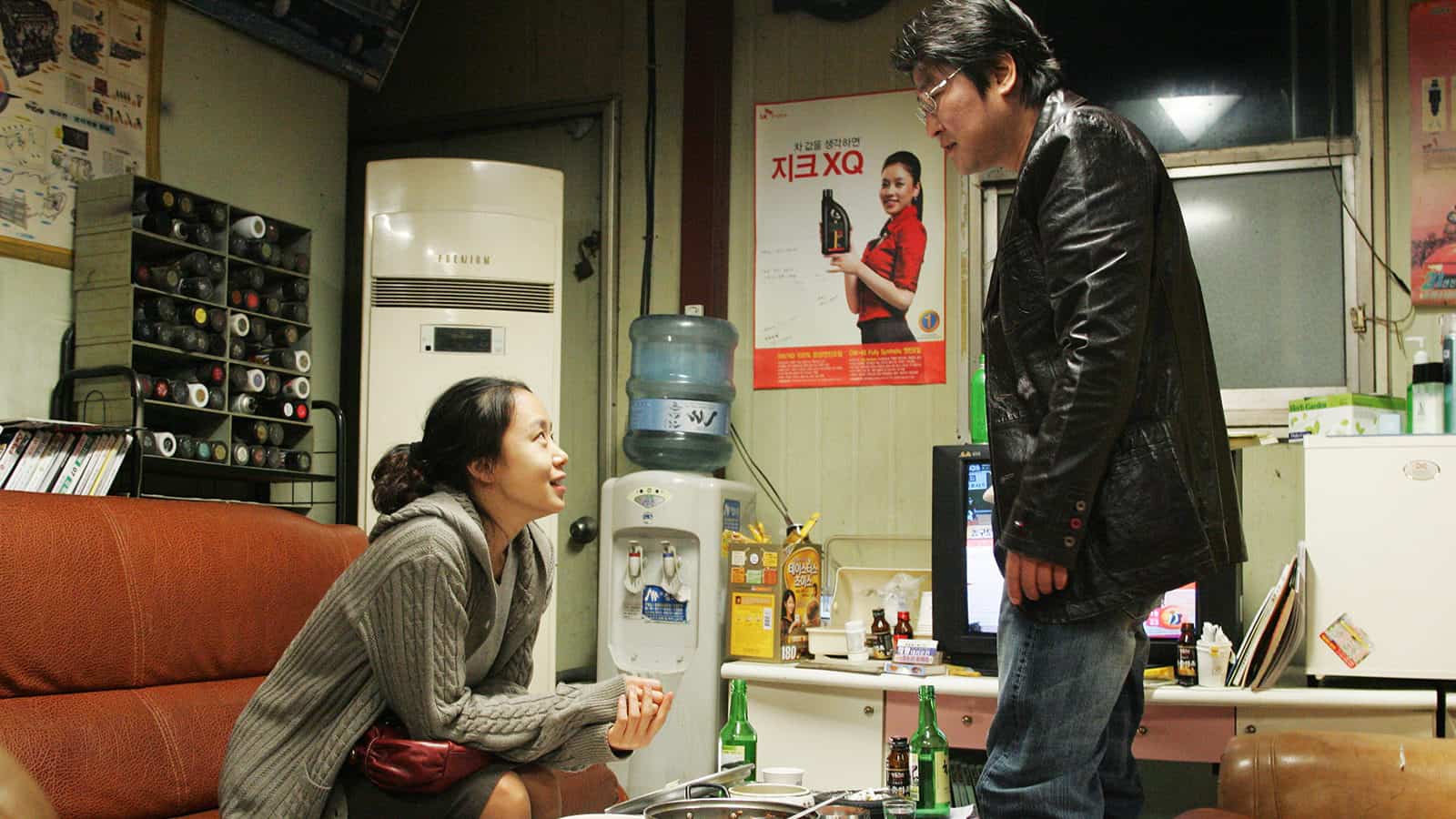Chong Keat Aun (1978, Malaysia) is a filmmaker, performance artist and broadcaster of Chinese descent. He made his directorial debut with the 2018 short “The Cemetery of Courtesy”. His feature film “The Story of Southern Islet” was released in 2020. The film, which was based on his own parents, won him the prize for Best New Director and the FIPRESCI Prize at Golden Horse Film Festival.
On the occasion of “The Story of Southern Islet” screening at International Film Festival Rotterdam, we speak with him about magic and shamanism in Malaysia society, the reasons behind his film getting censored in Malaysia, the circumstances of Chinese people living in the county, the scenes in the cave and the rice paddy, and many other topics.
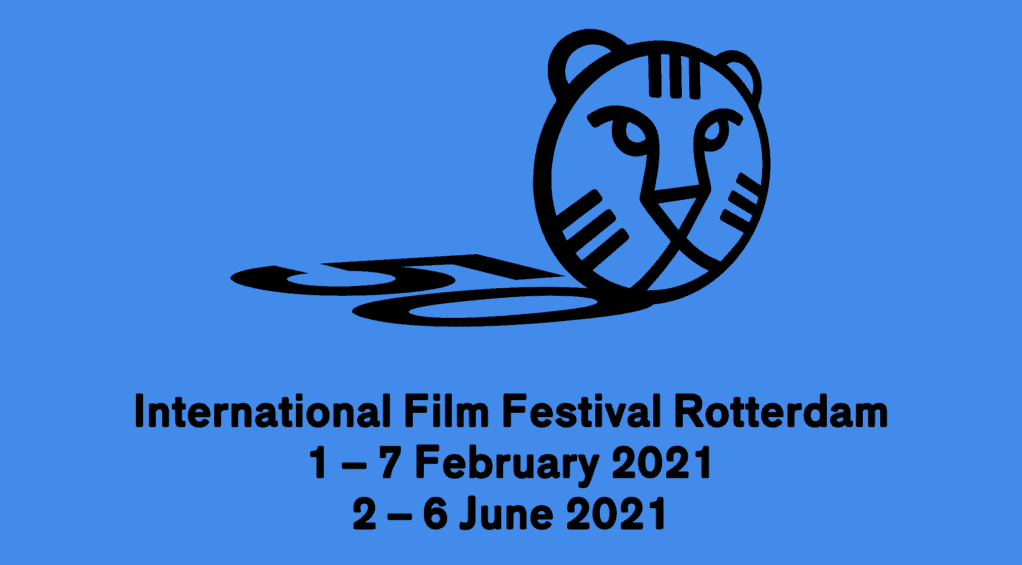
Do you believe in magic?
I believe it is everywhere. I grew up in a very special family, since my father is a medium and a curse-breaker. As I was growing up, I did not quite believe in these things, but as time passed, I started to respect it more and more and became open-minded about it.
Would you say that shamanism and the supernatural in general are parts of everyday life in Malaysia?
You can still find magic and shamanism in more remote regions, but most Malaysians do not really encounter it anymore, except from the horror movies, as society is progressing. Furthermore, as Malaysia becomes more and more Muslim, and Islam does not really allow these kind of rituals, their exposure becomes even less.
Since you mentioned this aspect, can you tell us what happened with your film getting censored in Malaysia?
Islam and the fact that it does not allow for many things was partly the reason. Also, the story takes place during the 80s and the material I show, the curses and the various religious practices are all elements I gathered from the people there, from folk tales and oral history in general. These elements were ok at the time I filmed them, but now they are not allowed. “The Story of Southern Islet” was the closing film of the Malaysia International Film Festival, but the censorship board asked me to cut 12 scenes that were not allowed anymore, for example the puppetry scenes or the segments showing calling souls. We met and discussed with the board three times and in the end, they allowed us to show the full film, but mute it for 30 seconds. We agreed to that, but in the end, because of the pandemic, the festival was cancelled and it has not been shown in Malaysia still
The story is based on your childhood. What actually happened then? And can you tell us a bit more about the inspiration behind the movie?
The actual story is pretty much as portrayed in the first half of the film; my father had a fight with a neighbor, who was Siamese. Three weeks later, he got sick. In general, the film is based on my childhood memories, but is not following them to the letter, because I do not remember all the events exactly as they happened.
Later on, I thought of presenting the story from the perspective of the people living in the border region, which was an idea that came to me when I was studying in the university. During my studies, I saw the work of many European directors, like Truffaut and Godard and also the work of Asian ones, like Kurosawa and Ozu. Therefore, my purpose was to make a movie that would encompass elements of these directors but that it would also be deeply rooted in the particular area. So, through the years, I gathered as much information about the area as I could, from oral history, and then in 2017, I came back to this story, wishing to make a movie about the aforementioned incident from my childhood and also film it in the particular location, before the area changes. Because the village I shot the film in, which is placed in the foot of a mountain, is part of an area that is getting developed now, the whole region is becoming a tourist hot spot, and is not idyllic as in the time I was shooting in. That is why I wanted to shoot the film as soon as possible, to capture this way of life that looks much like the 80s, including the customs of the people, before it disappears. I filmed it in 2019, and just when I finished shooting, the pandemic came, so I was just in time
1987 was an eventful year for Malaysia. The government closed Chinese media outlets, Chinese schools were sent non-Chinese-educated teachers for senior positions, and Operation Lalang commenced. Is there a reason you chose this year, and is there a parallel with what is happening in the movie?
The actual incident with my father getting cursed happened in 1989, but I moved the storyline to 1987, because operation Lalang took place in that year. There was lot of oppression on people with a Chinese background at the time, and I wanted to include this in the film. The period the story takes place in is in September, October and November in 1987, which signaled 30 years from the year Malaysia became independent, and I wanted to portray the irony, that, exactly 30 years later, Chinese people got oppressed in this way. Through the story of how my father was cursed, I wanted to tell a broader story of the life of people in the border region and how they were oppressed by the government, and how the practitioners of black magic in this case, are actually the authorities
In the film, Yan, the mother, is western-educated and a rationalist, while the father, Chang is locally educated and believes intently in the supernatural. Was that the case in your family too?
We were living close to the border with Thailand and in real life, it was pretty much like that. In the film, the mother actually also believes in the supernatural, but the way I wrote the two characters in the script, the father is from the border between Malaysia and Thailand and the mother from the south, close to the border with Singapore, which is a more civilized and progressive area. This is the way we live in Malaysia, people in the North are more influenced from Thailand and in the South, from Singapore.
There are many scenes in the film that derive from my own memories, because, when I was child, I did not really believe in that but the people there, including my neighbors, were very superstitious and they believed in the supernatural. For example, I would be taken to a medium and be given water to drink, which is what inspired me for the scene where Yan is to do the same thing with her husband, but she doesn't want to, she wants to boil it first. Because the water was actually very dirty, as it also was in my case as a child (laughs).
In the house in the movie, there is a banner with a Chinese letter. What does that mean?
Finally! You are the first person to ask this question. The word means “Spring” but it refers to a Chinese custom. The beginning of the Chinese New Year is the beginning of spring, so people would hang this banner with the word spring, but put it upside down, because in Chinese, if you say, “Spring is upside down”, it sounds like “Spring has arrived” In Malaysia, basically it is summer all year round, and the Chinese there, even if they have become Malaysians essentially, have this yearning for spring to come. When I was little, I was always wondering why, since we live in a country that does not have four seasons, we still put this banner on the wall. Later on, I realized that even though we have become Malaysians, we still look towards China, where we are originally from.
The scene in the cave with all the candles is one of the most impressive in the film. Can you give us some details about the way you shot it, particularly regarding the sound?
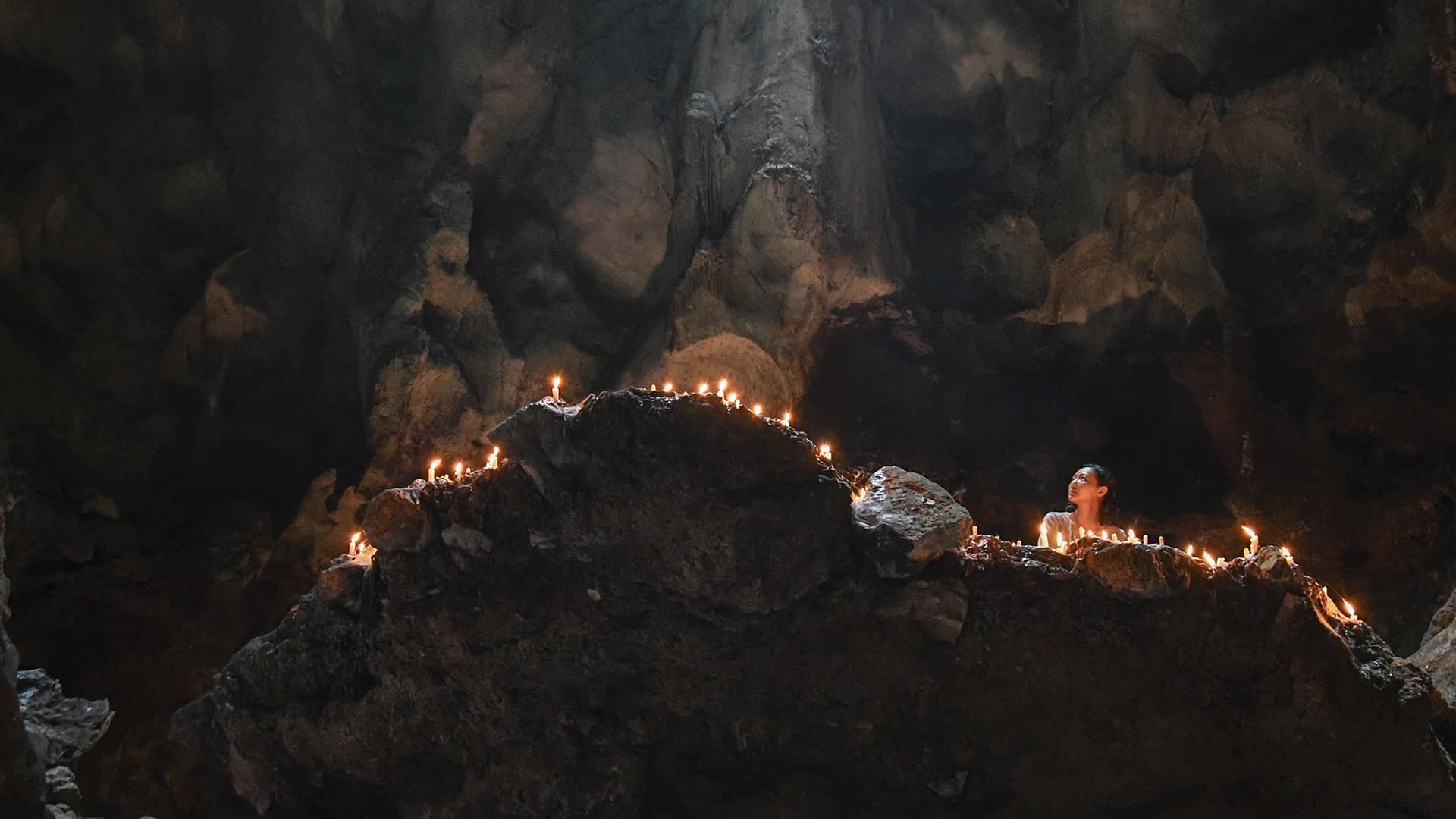
When I was a child, I often heard stories about this cave, that a princess was living there, a kind of deity. When I came back, to gather some oral histories about this place, I asked the local farmers and villagers about this princess, and I heard 12 different versions of her story. I didn't see her myself, but I did want to include this element in the film because I wanted to show the parallel with the Chinese people in the area, since the Princess came there from China, but she cannot go back. I did not want to comment on whether the Goddess of the Mountain is real or not, but to comment on how people came to the area from China, and have now, essentially, become Malaysians, or at least their children have, but at the same time, they think of the China they cannot return to.
Regarding the sound in the cave, you can actually hear something that resembles sea waves pretty much, because the story is that the ship of the princess came in the area and changed into this mountain the cave is in. Although I did not hear it myself, people say they can hear the sound of the sea in the cave. It was convenient to us that we were close to the sea when we were shooting, and so we recorded natural sounds and then added them into the movie. If you watch the movie in cinema, you can actually hear the sound of waves. With Yan also entering the cave, I wanted to make a parallel with the princess, since the protagonist also came from another area, from the South, and she cannot go back
Can you also give us some details about the scene with the man with the mask crawling in the mud? How you shot the scene?
This figure is the embodiment of the curse my father had, called a kuntao. The locals say that if you are cursed in this way, the kuntao will come at your door or the roof of your house, or when you go to the doctor, the ghost will go with you. I made this myself, from grass from the local rice paddy and I actually made all these props myself, because the people working with me did not know how. The spirit of the ghost goes into the doll. You rarely see this kind of ghosts in Malaysian films, and the censorship board wanted to cut it out, but in the end, we managed to keep it in the movie. The reason was because this thing is too real, and people get scared.

I did not want to shoot a ghost or horror movie, so the creatures in the film are not really of the scary kind, so I showed them exhibiting movements from modern dance and dance theater. I choreographed both the scenes with the tree and the rice field, because until 10 years ago, I used to be a dancer.
Can you give us some details about the casting of the movie?
The women in the film are theater actresses, but for many of the roles, I casted people from the village itself, essentially to play themselves. One of the main reasons for this is that the language spoken in the film is the local dialect, a very rare mix of Siamese and Chinese that is only spoken there, and I also wanted to show this dialect. The shadow puppetry scenes we see in the film, we also had actual shadow puppeteers perform them. However, there were parts of their performance the puppeteers did not want us to show because they would invite spirits into the puppets. The curses you see in the puppet plays are real curses and that is why the censorship board did not allow us to show it. These customs regarding curses have actually disappeared and presenting them on screen, goes against government rules.
Is this kind of shadow puppet play still popular though?
A lot of these plays are not allowed to be presented nowadays, because their stories derive from Hinduism, the Ramayana for example, and they are not in accordance to Muslim laws. When it is shown, it is shown in secret. The traditional stories are not allowed, so people choose to show stories about Batman and Superman, and Hollywood super heroes in general. That is allowed. They actually use the original puppet, but they change it to look like Batman, for example. (laughter)
Can you give us some details about the Malaysian film industry at the moment?
Most films made in Malaysia now are commercial films. Malaysia is a multi-ethnic country, so it is allowed to make films in Malay, in English, in Chinese (Mandarin), in Indian-Tamil, and also aboriginal languages. However, most cinemas choose to show commercial films so there is not much opportunity for art-house and small films in general.
“The Story of the Southern Islet” will be shown in Malaysia in the dialect I mentioned, but there will be subtitles because many people cannot understand it. However, we wanted to show this film in Singapore, in Singapore Chinese Film Festival, but we could not, because it had to be dubbed in Mandarin in order to screen there. The law in Singapore is that you cannot show films in dialect, because Chinese have a lot of dialects but they only allow Mandarin, which is the main language of the Chinese people in Singapore. These rules were implemented by the Singaporean President in the 80s. We can show the film in Singapore Film Festival, because art films of any kind are allowed there, but not in cinemas
Are you working on anything new at the moment?
Yes, I am working on a new project, I just finished the script. There is the pandemic now of course, but I do hope I will begin shooting by the end of this year. It is about Chinese and Malaysians who got involved in riots in 1969. It was a night when a Chinese Opera Troupe was performing, when the riots happened.


